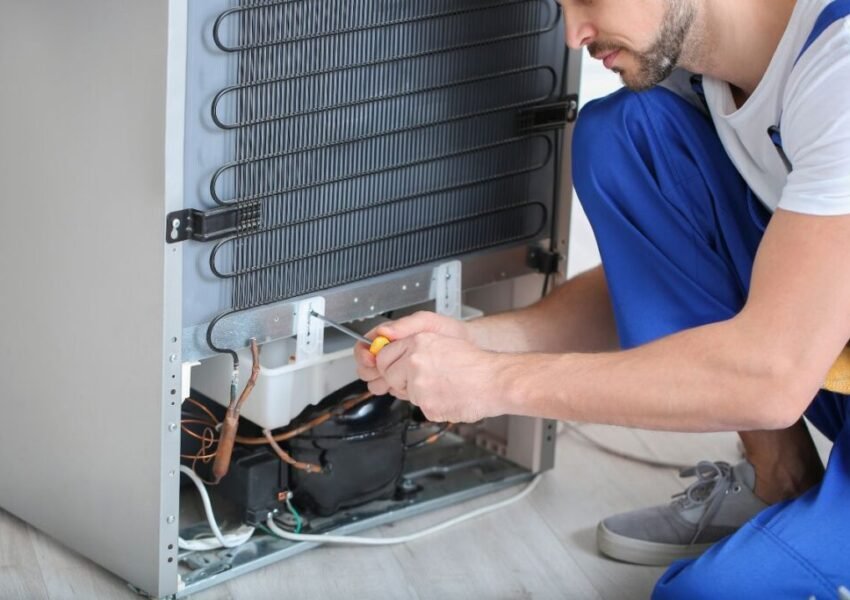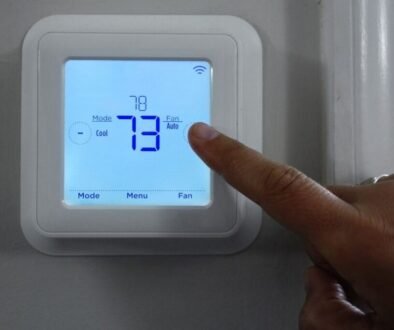A Guide to A2L Refrigerants: Characteristics, Regulations, and More

Published January 30, 2024
If you’re in the refrigeration or HVAC industry, you’ve likely heard of A2L refrigerants. But what exactly are they, and why are they gaining attention?
In this article, we’ll explore everything you need to know about A2L refrigerants. This includes their characteristics, applications, regulations, and more.
What is A2L Refrigerant?
A2L refrigerants are known for their mild flammability, low toxicity, and low global warming potential (GWP). They’re classified as A2L according to ASHRAE Standard 34. They are composed of hydrofluorocarbons (HFCs) and hydrofluoroolefins (HFOs). Or blends of these synthetic refrigerants.
Characteristics and Safety
A2L refrigerants have mild flammability and a low flammability limit (LFL). However, when handled correctly and with safety measures, A2L refrigerants are safe for most refrigeration and HVAC applications. They pose no significant risks when used in appropriately designed and installed systems.
Applications
A2L refrigerants are gaining recognition as potential replacements for widely used refrigerants like R410-A. This is due to their lower environmental impact.
They substantially reduce global warming potential compared to traditional refrigerants. It makes them a more sustainable choice for various applications.
These refrigerants find use in commercial refrigeration, air conditioning systems, and heat pumps. They’re suitable for a wide range of cooling needs. This includes supermarkets, shopping malls, office buildings, and residential spaces. A2L refrigerants provide efficient and reliable cooling while minimizing environmental impact.
A2l Refrigerant List
Here is a list of some commonly used A2L refrigerants:
- R32 (difluoromethane)
- R1234yf (2,3,3,3-tetrafluoroprop-1-ene)
- R1234ze (trans-1,3,3,3-tetrafluoroprop-1-ene)
- R454B (2,3,3,3-tetrafluoro-1-propene/1,1,1,3,3-pentafluoropropane)
- R452B (pentafluoroethane/difluoromethane)
- R447A (1,1,1,3,3-pentafluorobutane/ethylene)
- R443A (2,3,3,3-tetrafluoroprop-1-ene/1,1,1,2-tetrafluoroethane)

Regulations and Certification
Like any refrigerant, the use of A2L refrigerants is subject to regulations to ensure safe handling and installation. Regulatory bodies such as ASHRAE and local authorities have established guidelines and standards for A2L refrigerant use in different regions.
Certification programs are available to train technicians in working with A2L refrigerants. It ensures they have the necessary knowledge of safe handling, leak detection, and system design to minimize risks associated with flammable refrigerants.
Related: Is CO2 Refrigeration The Future of HVAC Systems? Let’s Find Out!
Conclusion
A2L refrigerants offer a promising solution for a more sustainable and environmentally friendly cooling industry.
As the industry continues to focus on reducing greenhouse gas emissions and addressing climate change, A2L refrigerants are expected to play a significant role in meeting these objectives. However, adhering to regulations and ensuring proper training and certification to maintain safety standards when working with A2L refrigerants is crucial.

This Content Is Fact Checked
This content has undergone thorough fact-checking by our team of internal experts. Gain further insight into the editorial standards upheld on our website here.
South Florida HVAC Professionals
Snowflakes Air Conditioning has been providing professional HVAC services for over 10 years. We are committed to keeping your air conditioner running smoothly all year round. Our experienced technicians can handle anything from AC repair to sales and AC installation. Whether it’s time for an upgrade or just regular upkeep, we are a name you can trust for your HVAC needs. Contact us today for more information.

About The Author
Meet writer Rei Bayucca, an HVAC and construction industry enthusiast. Discover insightful articles designed to help you solve your most pressing problems. Rei can captivate you with expertly crafted content that will leave you hungry for more.



